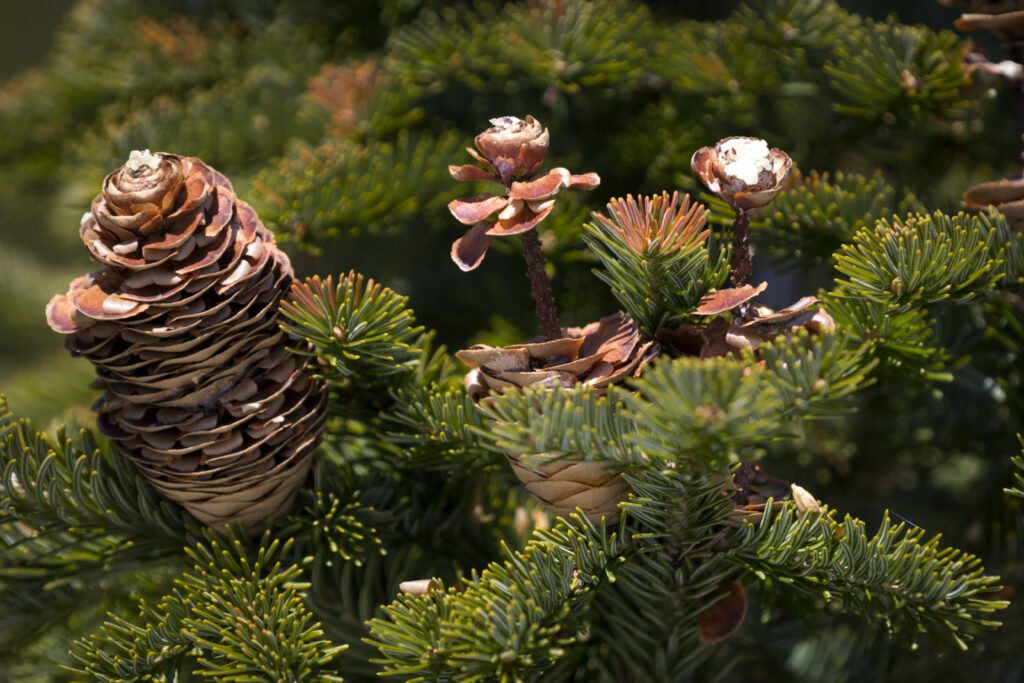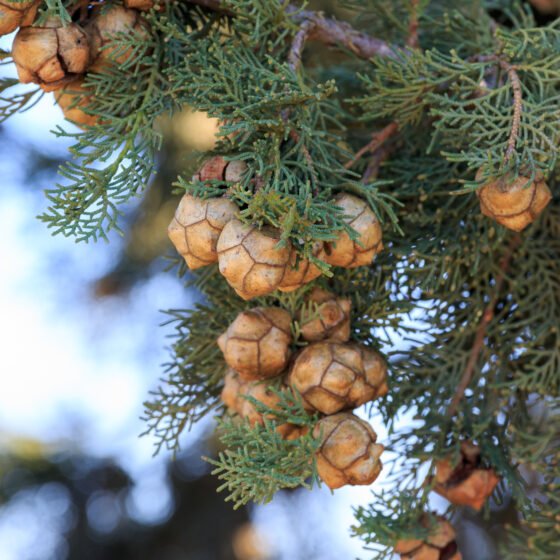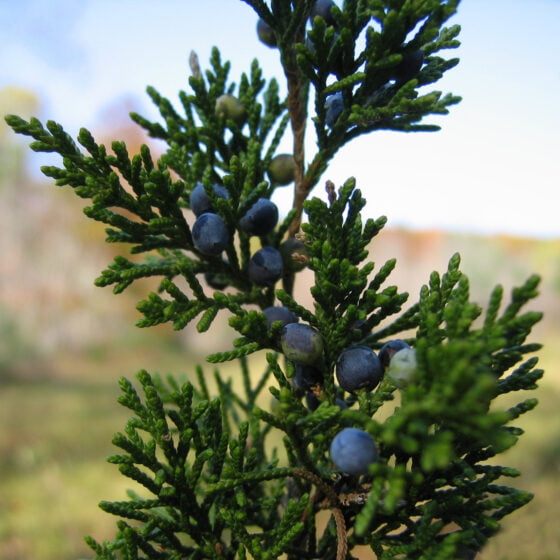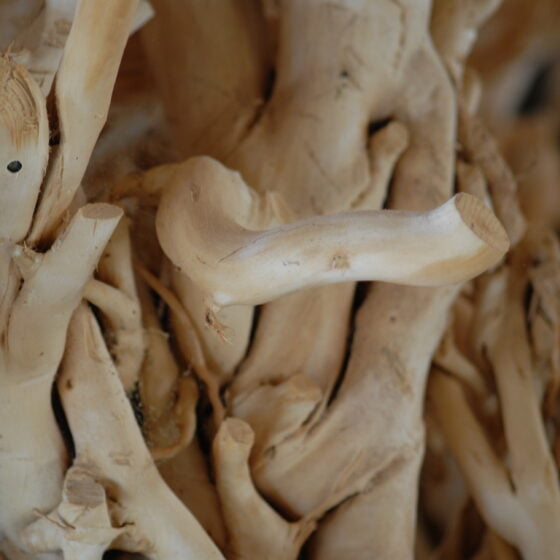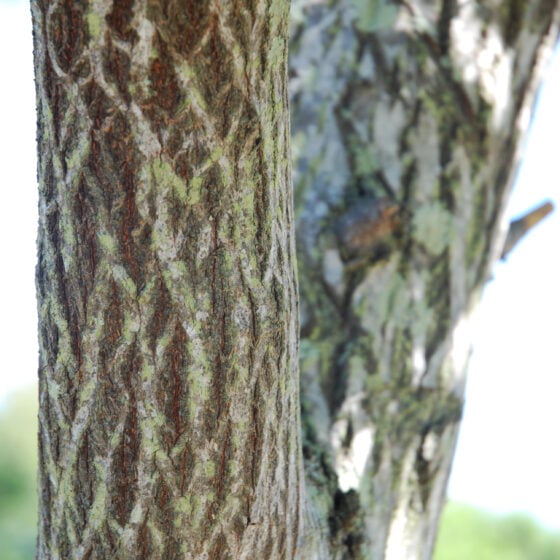
Siberian pine Russia
Abies sibirica
General data
Harvest Calendar
- J
- F
- M
- A
- M
- J
- J
- A
- S
- O
- N
- D
Product details Fragrance side
Fir essential oil is often paired with fresh, minty notes and is therefore often found in colognes, chypres, or fougères. Its turpentinic and woody facets also blend with woody and dry notes, like a cedar.
Well-being side
Decongestant and respiratory antiseptic, antispasmodic, antiinflammatory. Respiratory soothing.
*The aromatherapy properties in this document are excerpted from reference books, scientific articles, or specialized websites and are provided to customer for its information and internal use only. Claims on a finished product remain the responsibility of the company making the finished product available on the market. About
The Siberian fir is a slow-growing fir that can reach 50 meters in height and has a pyramidal shape. Its horizontal branches start at ground level and rise into a conical crown. The evergreen foliage is composed of small, flat, soft needles that form brushes along the branches. The underside of these light-green needles is streaked with two white stripes. The Siberian fir grows naturally in the mountainous and northern regions of Russia.
Since introduced in Europe, mainly Finland, it prefers an altitude ranging from 1,900 to 2,400 meters. It is extremely robust and can withstand temperatures down to -50° C.
Among the peoples of the North, the fir was the tree of rebirth and a symbol of feminine fertility. Nordic traditions, combined with pagan rituals, then became associated with Christian practices, ultimately leading to the tree’s becoming the emblem of the nativity celebrations.
The luxuriant branches are harvested and distilled from late winter until August, when they contain the highest concentration of essential oil.
Fragrance side
Fir essential oil is often paired with fresh, minty notes and is therefore often found in colognes, chypres, or fougères. Its turpentinic and woody facets also blend with woody and dry notes, like a cedar.
Well-being side
Decongestant and respiratory antiseptic, antispasmodic, antiinflammatory. Respiratory soothing.
About
The Siberian fir is a slow-growing fir that can reach 50 meters in height and has a pyramidal shape. Its horizontal branches start at ground level and rise into a conical crown. The evergreen foliage is composed of small, flat, soft needles that form brushes along the branches. The underside of these light-green needles is streaked with two white stripes. The Siberian fir grows naturally in the mountainous and northern regions of Russia.
Since introduced in Europe, mainly Finland, it prefers an altitude ranging from 1,900 to 2,400 meters. It is extremely robust and can withstand temperatures down to -50° C.
Among the peoples of the North, the fir was the tree of rebirth and a symbol of feminine fertility. Nordic traditions, combined with pagan rituals, then became associated with Christian practices, ultimately leading to the tree’s becoming the emblem of the nativity celebrations.
The luxuriant branches are harvested and distilled from late winter until August, when they contain the highest concentration of essential oil.
Other type of extracts
(Woody)
